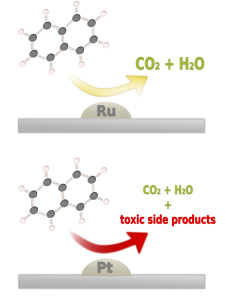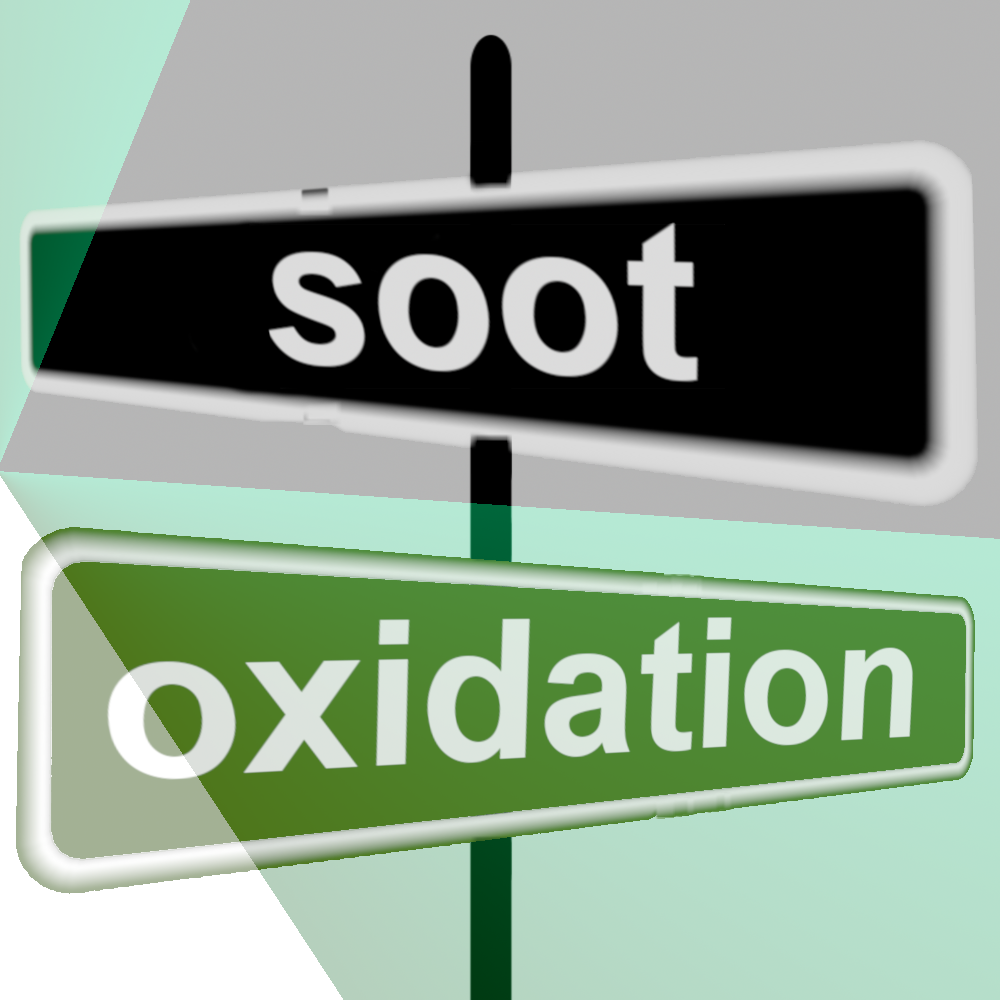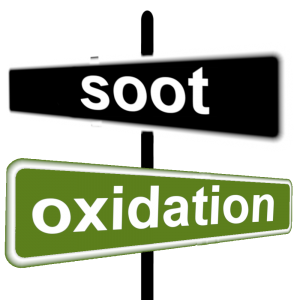About the Project
 Among the numerous environmental issues of modern society, emission of smog particles of antropogenic nature can be acknowledged as very important. There are two kinds of suspended in air particulate matter (PM) that can be distinguished: PM2,5, with diameters lower than 2,5 μm and PM10, with diameters lower than 10 μm. Particles of such small sizes can remain suspended in air for weeks and travel long distances in such way. Important danger brought by those is their ease of access to human lungs, where they can accumulate. Additionally, particulate matter accelerate corrosive processes of metals and their destructive influence on soil can negatively influence the yield from crops. Nowadays PM2,5 and PM10 particles are considered to have worse impact on environment than So2 and NOx particles.
Among the numerous environmental issues of modern society, emission of smog particles of antropogenic nature can be acknowledged as very important. There are two kinds of suspended in air particulate matter (PM) that can be distinguished: PM2,5, with diameters lower than 2,5 μm and PM10, with diameters lower than 10 μm. Particles of such small sizes can remain suspended in air for weeks and travel long distances in such way. Important danger brought by those is their ease of access to human lungs, where they can accumulate. Additionally, particulate matter accelerate corrosive processes of metals and their destructive influence on soil can negatively influence the yield from crops. Nowadays PM2,5 and PM10 particles are considered to have worse impact on environment than So2 and NOx particles.
Exhaust gases are currently considered to be the main source of PM. Relatively simple resolution for this problem is employment of particulate matter filter, although it raises an issue of removal of particles accumulated on the filter, which can easily lead to back pressure. Filters which allowed for catalytical combustion (even in the temperature of exhaust gases, which is 200-400°C) of particulate matter are costly because of the price and scarce supply of platinum, which is the most popular catalyst in this sector. This resolution is only as useful as it is popular, which is why it’s necessary to keep looking for new catalysts, competitive to platinum in terms of catalytic activity and, what’s very important, cheaper.
Innovative character of the project is based on two factors. It focuses not only on catalytic combustion of carbon soot, but also on removal of polyaromatic hydrocarbons adsorbed in soot’s pores which can, in extreme cases, make up to 90% of particles. In combustion engines only partial combustion of said hydrocarbons takes place and currently used catalysts don’t remove rest of those. It’s an important issue due to potentially cancerogenic and mutagenic influence of polyaromatic hydrocarbons on human organism. Another innovative aspect of the project is the catalytic material itself. Ru-Re and Ru-Pt are going to be employed for the first time in the process of catalytic combustion of carbon soot and polyaromatic hydrocarbons. Catalysts will be synthesized using novel colloidal approach. It’s worth mentioning, that the project focuses on removal of particulate matter from gasoline engines, which are significantly less examined and harder to get rid of than ones from diesel engines.
The aim of the project is potential industrial application of catalysts developed by us. We are planning to synthesize particles which could be direct competition to costly platinum and palladium catalysts. Development of widely available particulate matter filters is important in the light of strict statutory requirements of European Union, concerning the need of reducing the emission of particulate matter. Important factor here is also a specificity of Eastern Europe, where cars are used generally on short distances and in the city centers, where thanks to low average velocities it is impossible to reach minimal temperature required (for conventional catalysts) to initiate catalytic combustion. Development of new generation of catalysts can lower said temperature, which will directly influence the emission of particulate matter in town centers.



